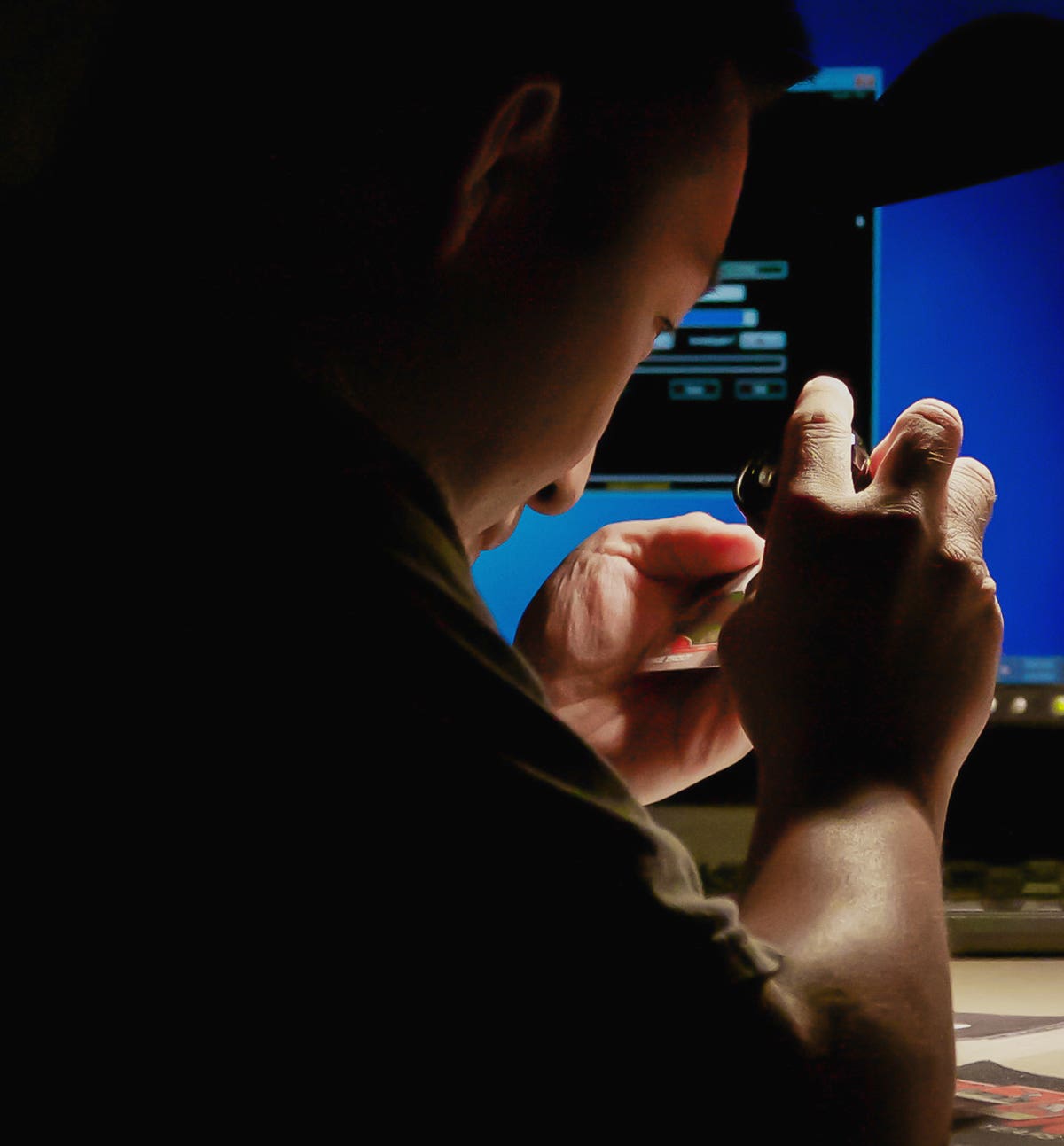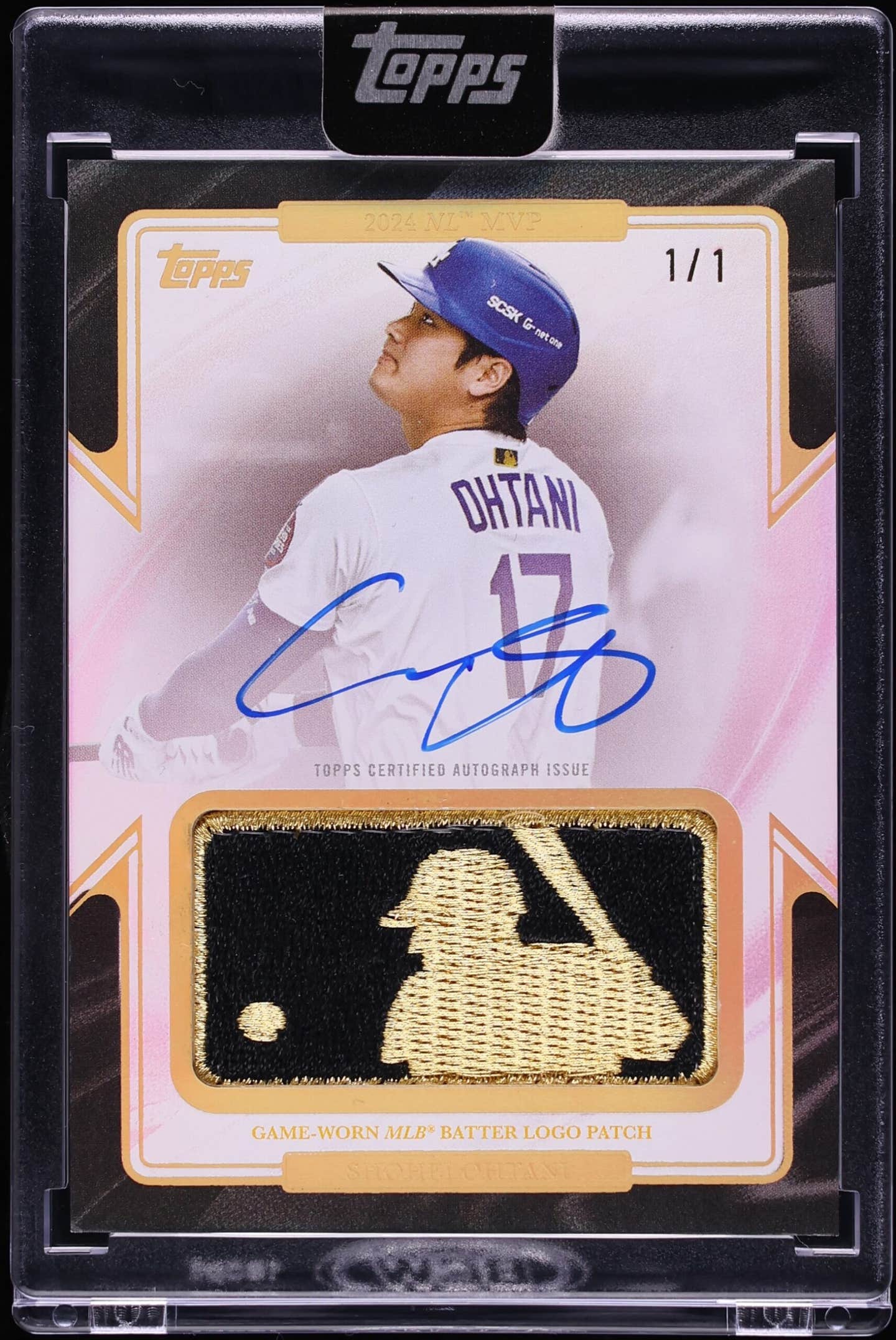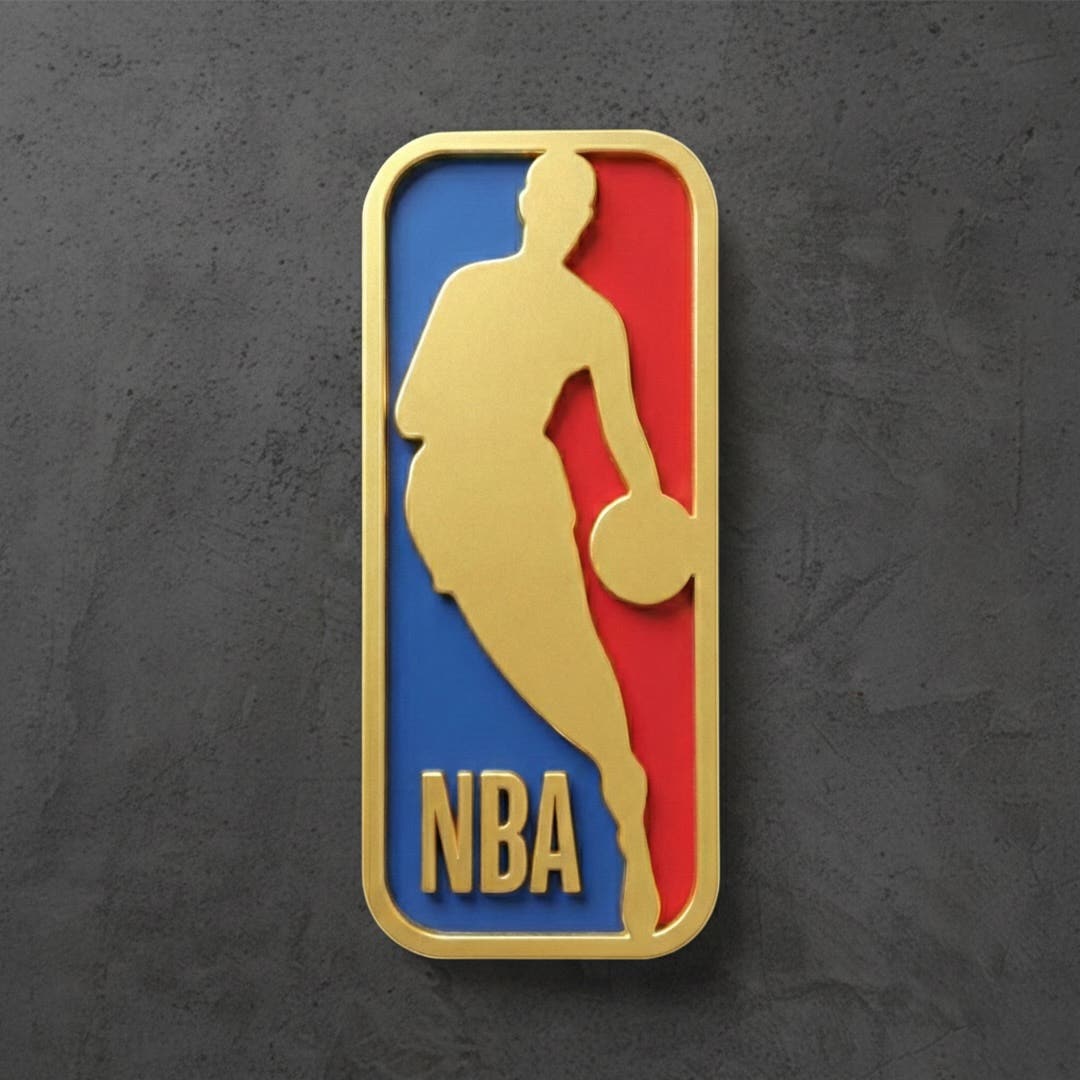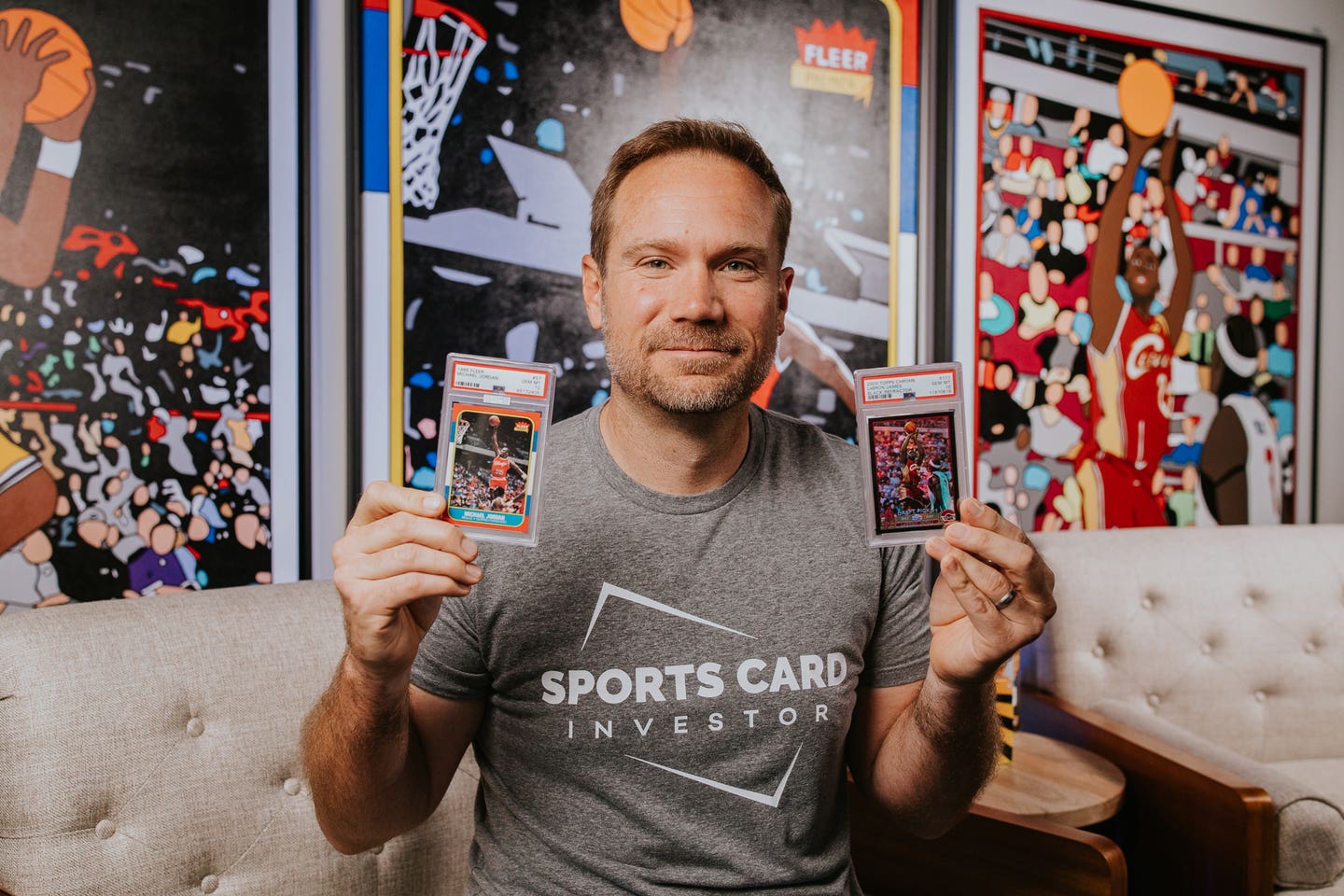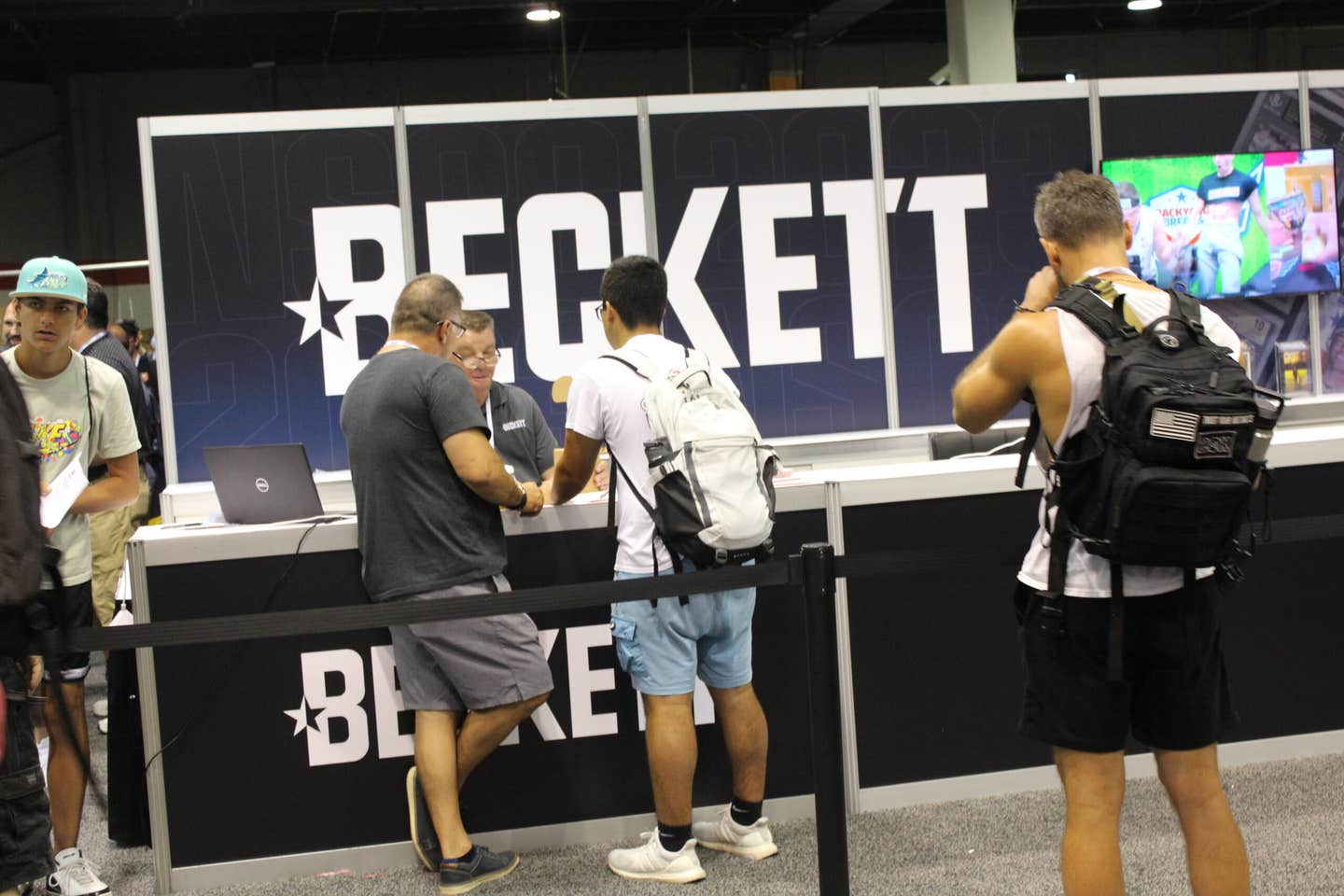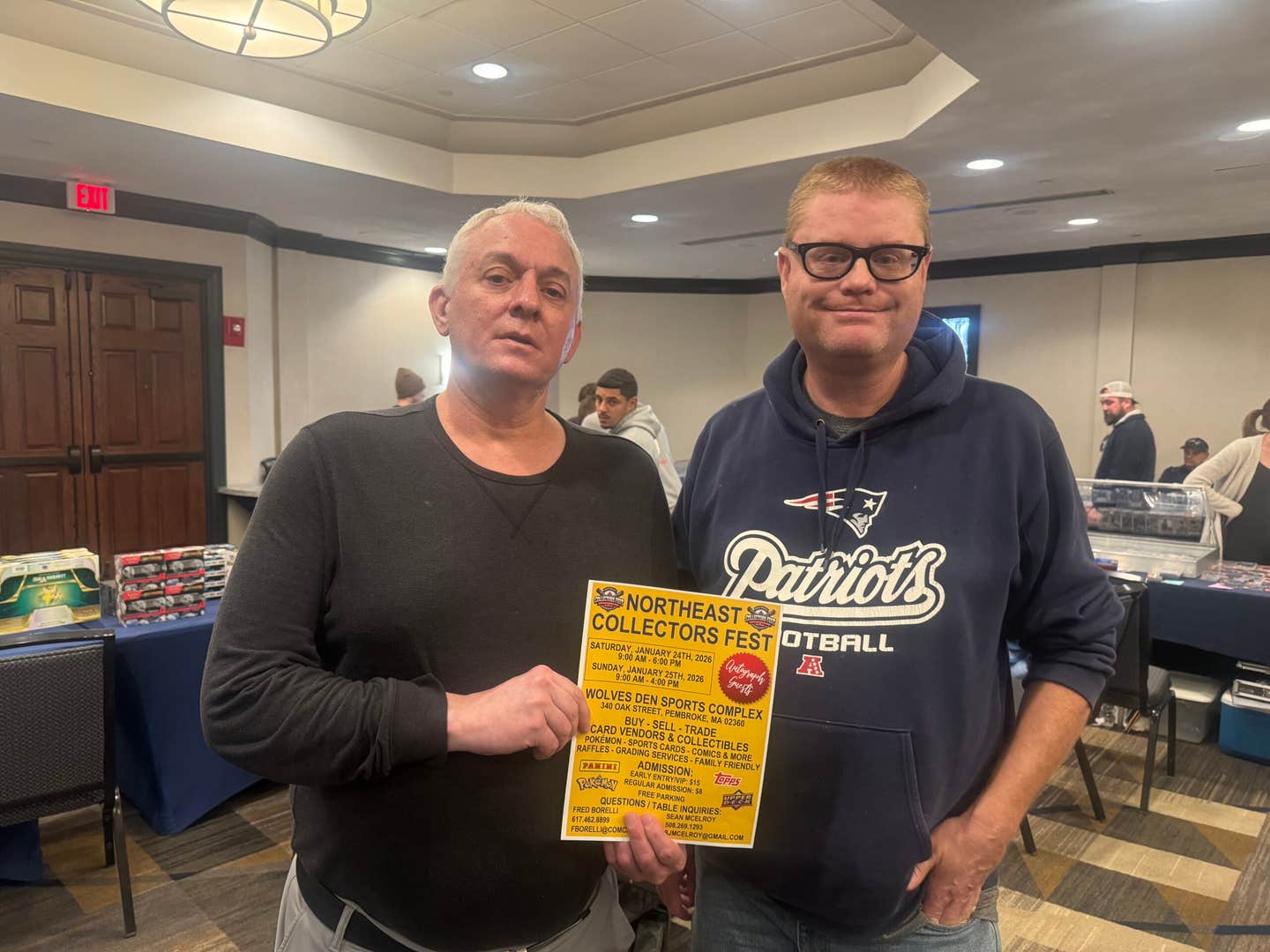Artwork
Babe Ruth Birthplace Museum tells story of baseball’s most iconic legend with historic cards, memorabilia
BALTIMORE—I purchased a vintage-looking baseball autographed by Babe Ruth for about $50.
Clarification: The baseball is vintage-looking, with the familiar beige/brown-ish look throughout and red and blue stitches. But opposite of the “sweet spot” it says: “Cork OFFICIAL Center,” Licensed Replica Ball,” and “Hall of Fame Replicas.” It is not a modern, pearly white Rawlings ball with blue ink for the Major League Baseball commissioner’s replica signature and red stitches.
Related Content:
The Babe Ruth signature—much like Robert D. Manfred Jr. on an Official MLB Ball—is a stamped replica. Of course, I knew that when I tapped my credit card to make the purchase at the Babe Ruth Birthplace Museum, located three blocks west of Oriole Park at Camden Yards. Just follow the 60 baseballs painted on the sidewalk from the Babe Ruth statue at the ballpark to the Museum.
The Babe Ruth Birthplace Museum is a must-visit, including the small gift shop, where I opted for the replica autographed Ruth ball as opposed to any of the T-shirts with catchy phrases.
A legit Babe Ruth-signed baseball is on my wish list. Quite possibly, No. 1 among all autographed baseballs. But the price tag isn’t quite in the budget. An authentic Ruth-signed baseball ranges from a few thousand dollars to over $1 million, depending on the specific details of the ball. One of the most expensive Ruth-autographed balls sold for $388,375 at auction.
Guess I’ll have to settle for the $50 replica.
But I can see authentic Ruth-signed baseballs and so much more memorabilia here at the Museum, which honors the legendary member of the Baseball Hall of Fame.
Also See: With WWII looming, these 1941 pre-war baseball card sets had collectors wanting to Play Ball
Ruth, who was inducted into the inaugural class of the Hall of Fame in 1936, played in 10 World Series for the Red Sox and Yankees, winning seven of them. Though he did not win a World Series MVP (the award was not created until 1955), Ruth batted .326 with 15 home runs, 33 RBI and 37 runs scored in 41 World Series games.
George Herman “Babe” Ruth was born Feb. 6, 1895 at 216 Emory Street, a Baltimore row house that is now just a long fly ball from Oriole Park. The property was leased by Ruth’s maternal grandfather, Pius Schamberger, who made his living as an upholsterer.
By the late 1960s, the property and adjoining three row-house structures had fallen into disrepair and were scheduled for demolition. Hirsh Goldberg, press secretary for Baltimore’s Mayor Theodore McKeldin, launched a successful campaign to save and restore the birthplace, which opened to the public as a national shrine in mid-1974. The non-profit Babe Ruth Birthplace Foundation, Inc. was formed to govern the operation. Exhibits depicting the historic house and life and times of Babe Ruth were installed with the help of Babe’s widow, Claire; his two daughters, Dorothy and Julia; and his sister, Mamie, who was also born at 216 Emory Street.
In 1983, the operation expanded to become the official museum of the Baltimore Orioles, the team that signed Ruth to his first professional contract. At that time, the Foundation began formally operating as the Babe Ruth Museum. In 1985 the Mayor of Baltimore, William Donald Schaefer, designated the Museum as the official archives of the Baltimore Colts, who had departed the previous year for Indianapolis.
Museum attendance soared to over 60,000 annually with the opening of Oriole Park at Camden Yards in 1992, and Museum officials knew that the tiny birthplace facility could not sufficiently house the large number of visitors or the increased number of displays it needed to interpret its multiple sports themes.
In 2015, the museum began its first major restoration project in its 40 years of operation, creating a new entrance on the Dover Street side of the four tenement houses. The restoration included a new elevator, bathrooms and re-imagined galleries that tell the story of Babe Ruth as an American icon. After repairing the decaying window and door frames on the historic Emory Street facade, as well as beautifying the courtyard area open to Dover Street, the project was completed in October 2015.
The Babe Ruth Birthplace Foundation, Inc. is an independent, non-profit educational institution dedicated to perpetuating the historic legacy of Ruth, Baltimore’s Orioles, Ravens and Colts, and local and regional sports teams by preserving and exhibiting historical artifacts and memorabilia.
The Museum is a walk back in time, including kitchen artifacts from Ruth’s childhood.
There also is a Presidential Medal of Freedom that, in 2018, was accepted by Ruth’s grandson, Tim Stevens, on behalf of his grandfather.
“The Making Of A Legend” section features vintage cards of baseball greats, including Frank Robinson, Brooks Robinson, Cal Ripken Jr., and of course The Babe.
The cards are graded, including a 7 for the 1952 Mickey Mantle Topps card.
The House That Ruth Built section features a Yankee Stadium box seat. Plus, there is a game-used bat from 1927 and an autographed ball from the ’27 season.
The Museum features classic, priceless collectibles, as well as awe-inspiring photos and more. The detailed plaques tell the story of Ruth’s life and career.
The Museum also features the Player of the Century Award, plus a list of Ruth’s World Series home runs, with details on each.
MORE BABE MEMORABILIA
Also inside the museum:
• Autographed baseballs from the 500 Home Run Club members, including Willie McCovey and Sammy Sosa, among others.
• Sadaharu Oh game-used bat.
• Detailed plaque highlighting Babe’s first and last home runs.
• A 1932 World Series ball, signed by Ruth.
• Ruth-related trivia: Which Cubs’ pitcher threw the “called shot” home run? Answer: Charlie Root, who pitched 17 years in the majors, amassing 201 wins.
• A 1932 World Series poster.
• Ruth’s boyhood bat.
• A section spotlighting Baltimore in Babe’s Day.
• Ruth cards from the Topps 2020 Gallery set.
• Memorabilia from Ruth movies.
• A Baby Ruth candy bar, dated to 1921.
• The “Winning Legacy: A Celebration of Champions” exhibit spotlights legends in sport, including Ruth’s Sultan of Swat crown; the NFL Man of the Year award; golden Fielders Glove; and a replica Super Bowl championship trophy, and more.



